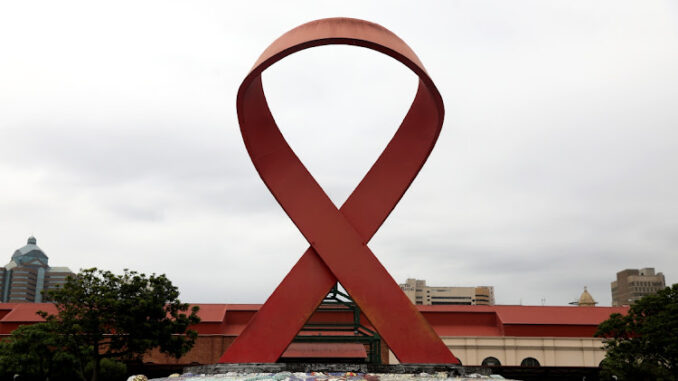
A new survey has found that the percentage of people living with the HIV virus in South Africa has decreased from 14% in 2017 to 12.7% in 2022.
This translates, according to the latest data, to about 7.8 million people living with HIV in South Africa in 2022 compared to 7.9 million in 2017. This key finding is contained in the sixth South African National HIV Prevalence, Incidence, and Behavior (SABSSM VI) survey released on Monday November 2023 by the Human Sciences Research Council (HSRC).
The HSRC’s Divisional Executive of the Public Health, Societies, and Belonging Division, Professor Khangelani Zuma, said several factors contribute to HIV prevalence.
“These factors include fewer people getting infected with HIV, more children born HIV-negative, AIDS-related mortality, and people aging and dying from natural causes,” Zuma, who is also the survey’s principal investigator explained.
In addition, he said the increase in the population of the birth of HIV-negative babies would also increase the denominator of HIV-negative people in the country.
“The epidemic curve also shows an aging population of people living with HIV who are living longer as the epidemic stabilizes,” he added.
In addition, the 2022 survey shows significant progress toward the Joint United Nations Programme on HIV and AIDS (UNAIDS) 95-95-95 targets. UNAIDS envisions that by 2025, 95% of all people living with HIV have to be aware of their HIV status, 95% of those aware of their status to be on antiretroviral treatment (ART), and 95% of those on treatment to achieve viral load suppression.
Meanwhile, the survey indicated that among those aged 15 and older living with HIV in South Africa in 2022, 90% were aware of their status, 91% of those aware of their status were on ART and 94% of those on ART were virally suppressed.
